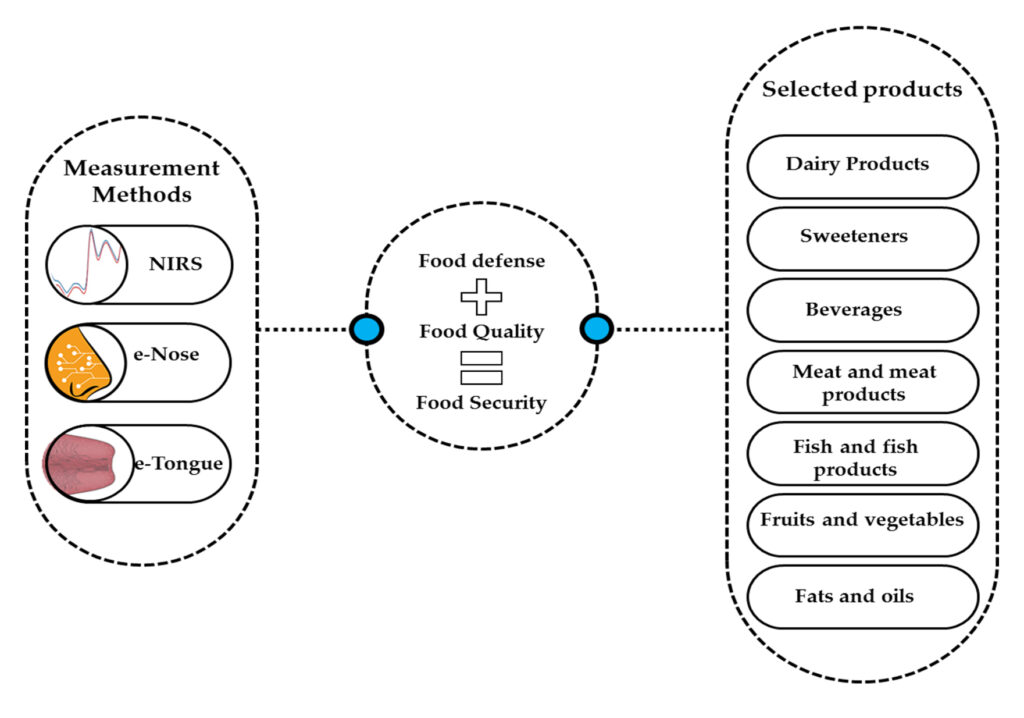Together with scientists of MATE, our colleague was the guest editor of the special issue of the scientific journal Sensors, entitled “Breakthroughs and Challenges in Food Quality Assessment Using Advanced Rapid Techniques: Electronic Tongue, Electronic Nose, and Near-Infrared Spectroscopy”, published in November 2020. The special issue opens with an article on history of development of these three correlative techniques based on literature data, and also discusses in detail the attempts to apply them in food research over the past decades.
Historical evolution and food control achievements of near infrared spectroscopy, electronic nose, and electronic tongue — critical overview
Balkis Aouadi, John-Lewis Zinia Zaukuu, Flora Vitális, Zsanett Bodor, Orsolya Fehér, Zoltan Gillay, George Bazar, Zoltan Kovacs
Amid today’s stringent regulations and rising consumer awareness, failing to meet quality standards often results in health and financial compromises. In the lookout for solutions, the food industry has seen a surge in high-performing systems all along the production chain. By virtue of their wide-range designs, speed, and real-time data processing, the electronic tongue (E-tongue), electronic nose (E-nose), and near infrared (NIR) spectroscopy have been at the forefront of quality control technologies. The instruments have been used to fingerprint food properties and to control food production from farm-to-fork. Coupled with advanced chemometric tools, these high-throughput yet cost-effective tools have shifted the focus away from lengthy and laborious conventional methods. This special issue paper focuses on the historical overview of the instruments and their role in food quality measurements based on defined food matrices from the Codex General Standards. The instruments have been used to detect, classify, and predict adulteration of dairy products, sweeteners, beverages, fruits and vegetables, meat, and fish products. Multiple physico-chemical and sensory parameters of these foods have also been predicted with the instruments in combination with chemometrics. Their inherent potential for speedy, affordable, and reliable measurements makes them a perfect choice for food control. The high sensitivity of the instruments can sometimes be generally challenging due to the influence of environmental conditions, but mathematical correction techniques exist to combat these challenges.

Access the full paper free of charge on the website of the journal:
